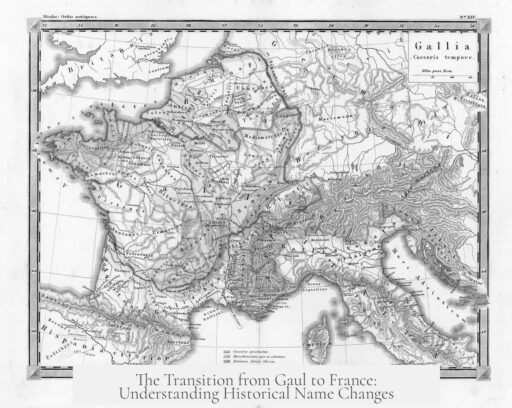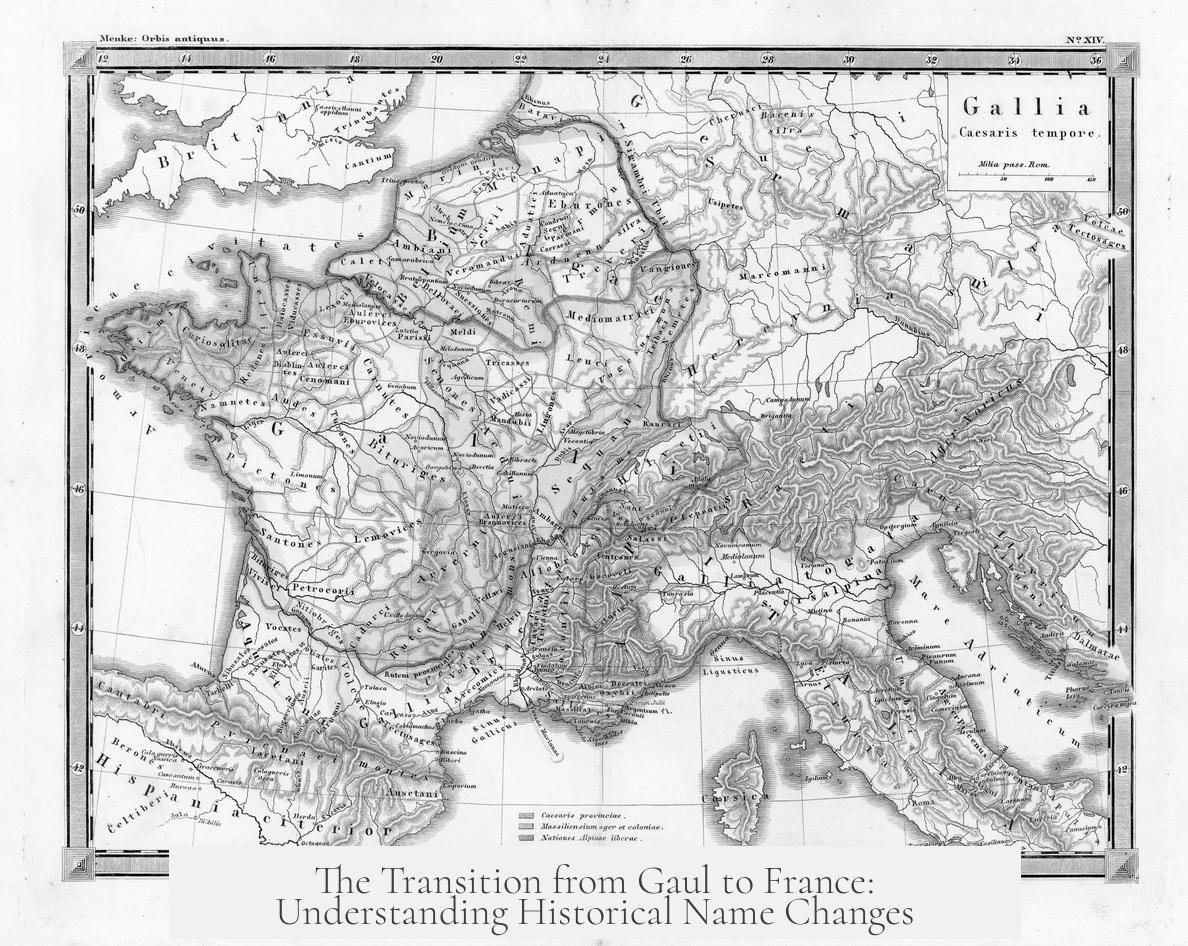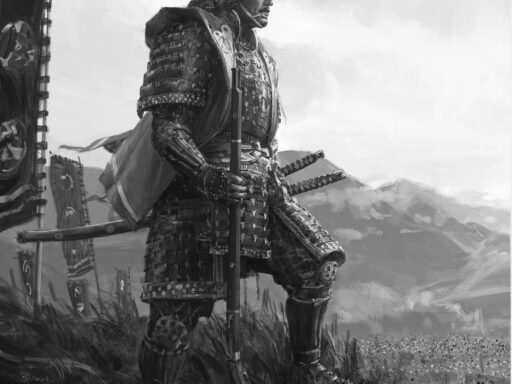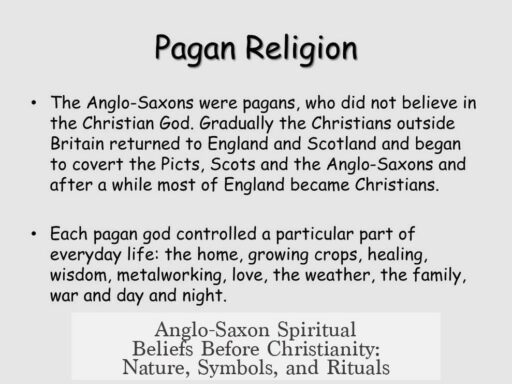The name “Gaul” changed to “France” due to the rise of the Frankish Kingdom following the collapse of the Western Roman Empire. Gaul was the Roman-era name for the region, inhabited first by Celts and then ruled by Rome. The transformation occurred as Germanic tribes, particularly the Franks, conquered and established control over this territory in the late 5th century CE.
The territory known as Gaul covered most of what is now modern France. Under Roman rule, it was a major province inhabited primarily by Celtic peoples before Roman conquest. This name, Gaul (Latin: Gallia), remained common until the fall of the Western Roman Empire in the 5th century.
During the empire’s decline, various Germanic groups invaded Roman lands. The Franks, a confederation of Germanic tribes east of the Rhine River, were among the most successful in gaining control over Gaul. In 486 CE, the Frankish king Clovis I defeated the last Roman-aligned authority at the Battle of Soissons. This victory established the Kingdom of the Franks over much of Gaul.
Clovis’s kingdom expanded over the former Roman territories except for a few western regions such as Brittany and Septimania. His successors—such as Clotaire I, Pepin the Younger, and Charlemagne—further consolidated and expanded Frankish control over Gaul.
The name “France” originated from the Latin term “Francia,” which initially described the land and people of the Franks, especially the area around Austrasia (modern-day Belgium and the Rhine bank). Over time, the meaning of Francia shifted.
As the Frankish kingdom’s political center moved to the region around Paris, the term Francia came to represent this core territory. This area evolved from the Frankish regnum into a kingdom culturally and politically distinct from its Germanic origins.
By the Medieval period, “Francia” was commonly used in Latin documents to denote the Frankish realm, which by now closely corresponded to modern France. The French language and identity grew from this Frankish origin, and “Francia” gradually became “France” in everyday use and official records.
This linguistic shift marks the transformation from a Roman provincial identity to a medieval kingdom rooted in Frankish political power and culture. The change from “Gaul” to “France” symbolizes this transition from antiquity to the Middle Ages.
| Period | Name for Region | Dominant Power |
|---|---|---|
| Pre-Roman & Roman Era | Gaul (Gallia) | Celtic Tribes, then Roman Empire |
| Late 5th Century | Gaul (transition) | Decline of Rome; Frankish invasions |
| Post-486 CE | Francia | Kingdom of the Franks under Clovis I |
| Medieval Period | France | Frankish Kingdom centered around Paris |
Key points to understand why Gaul changed to France:
- Gaul was the Roman and Celtic name for the region before the 5th century.
- The collapse of the Western Roman Empire led to Germanic tribes invading Gaul.
- The Franks, under Clovis I, conquered Gaul and established the Frankish Kingdom.
- The Frankish realm was originally called Francia, centered around the Rhine and Belgium.
- Francia’s focus shifted to the Paris region, and the name evolved linguistically into France.
- This name change reflects political and cultural shifts rather than a sudden renaming.
This sequence exemplifies how a territory’s name evolves with changes in political power and cultural identity over time. The name “France” honors its Frankish roots, replacing the ancient term “Gaul” after centuries of transformation.
Why was the region originally called Gaul?
Gaul was the name used by the Celts and later the Romans for the area that is now modern France. It referred to the territory until the fall of the Roman Empire.
How did the Franks influence the name change from Gaul to France?
After the Roman Empire fell, Germanic tribes called the Franks took control. Their kingdom, called Francia, gradually replaced the old name Gaul.
What event marked the start of Frankish rule in Gaul?
In 486 CE, Clovis I led the Franks to victory against Gallo-Roman forces at the Battle of Soissons. This established Frankish dominance over Gaul.
How did the name Francia evolve into France?
Originally, Francia referred to the Frankish kingdom near the Rhine and Belgium. Over time, it came to mean the territory around Paris and then became France.
Did all of Gaul become France immediately after the Frankish conquest?
No, some areas like Brittany remained separate for a time. The kingdom expanded under later rulers, eventually covering most of Roman Gaul.



